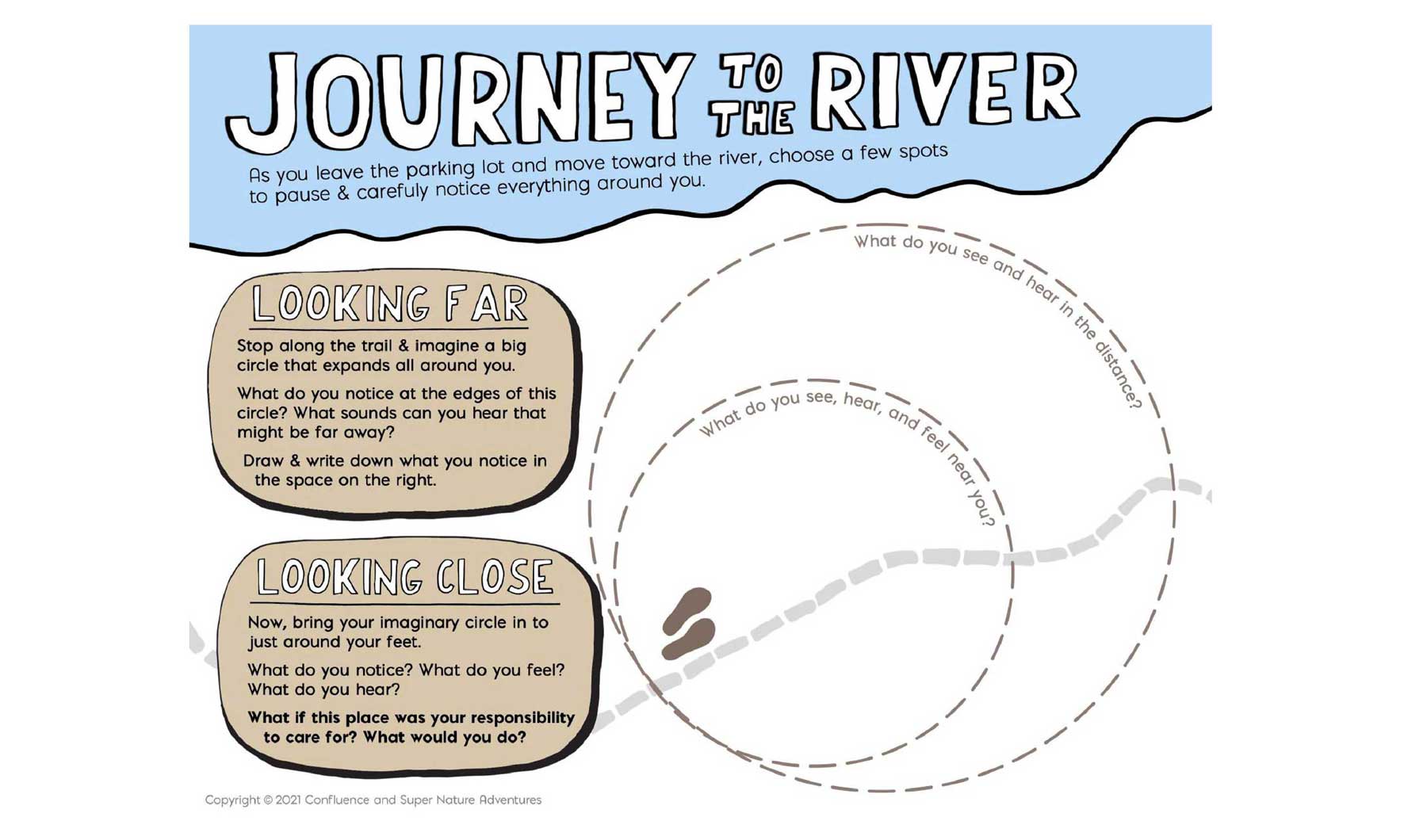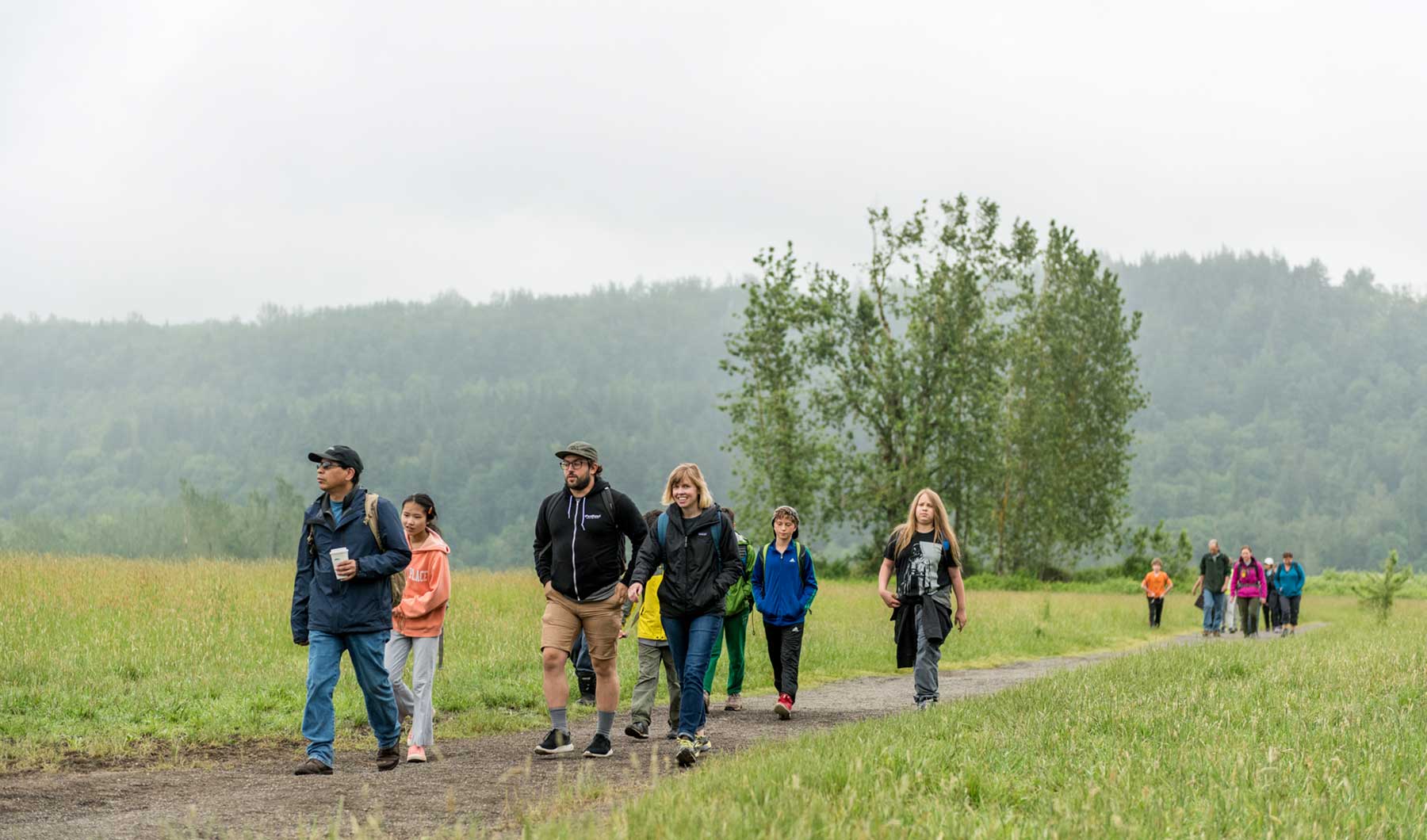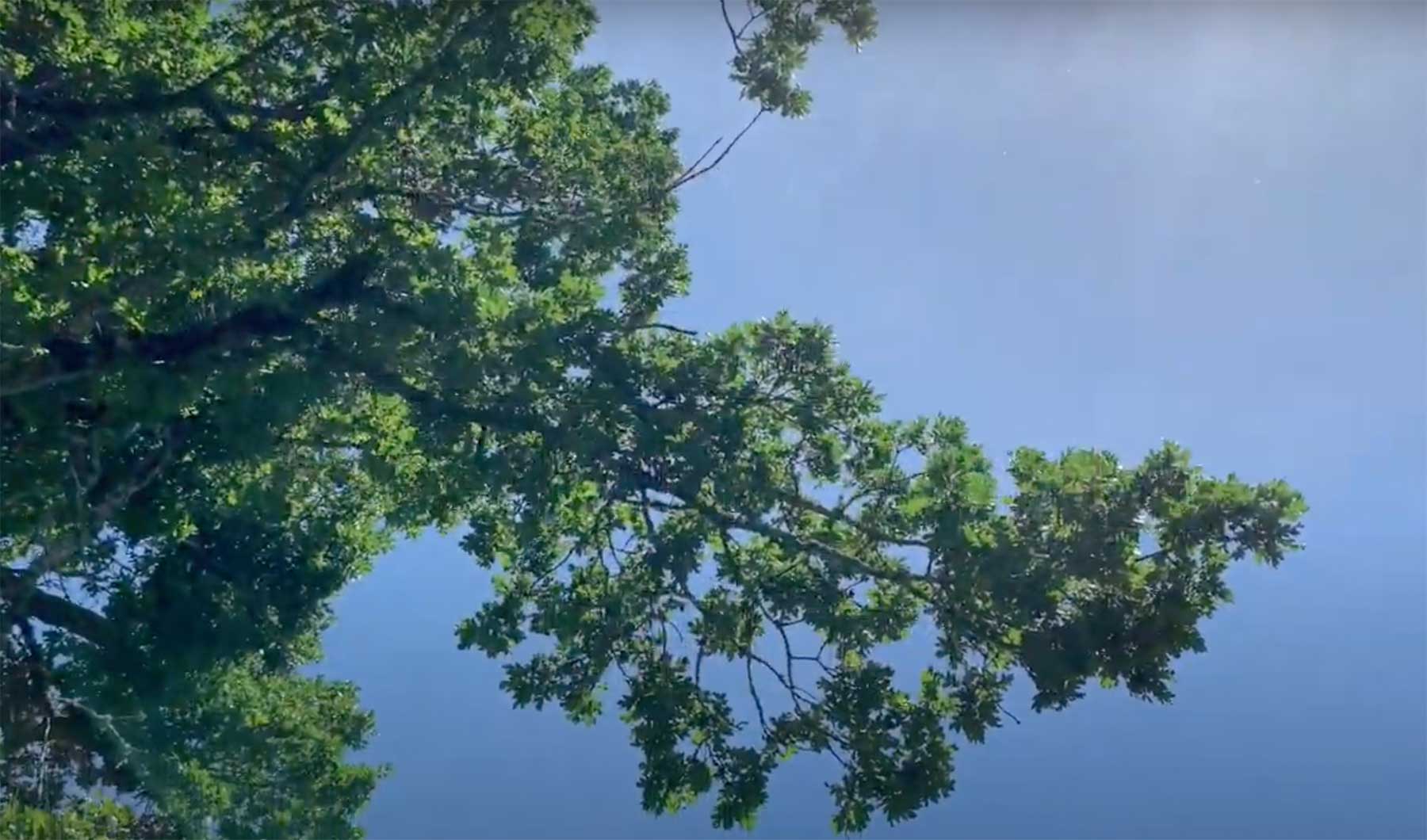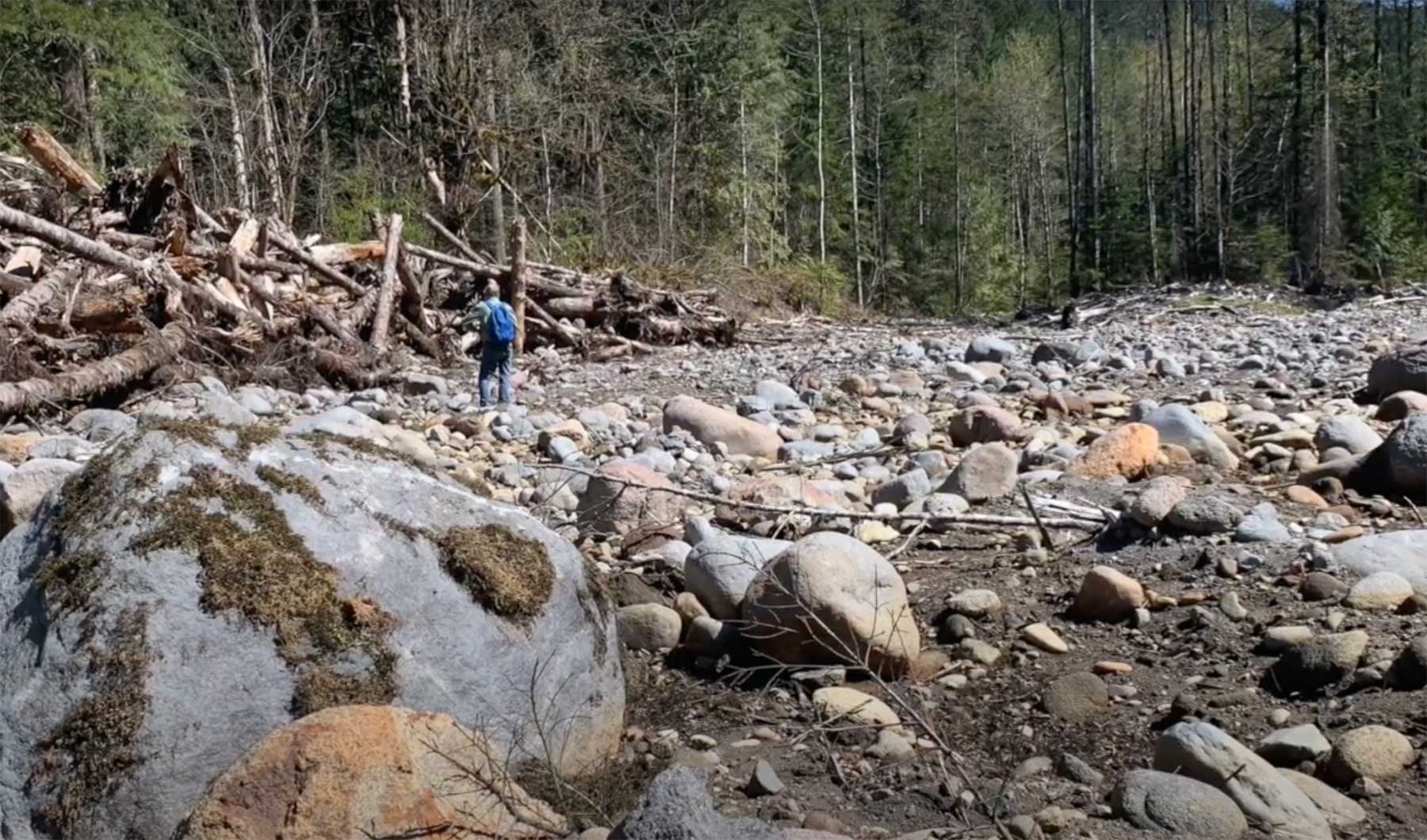SRD Educational Resources
This resource list is designed to go along with Confluence’s Field Guide for the Sandy River Delta. This resource list is made out of interviews with Indigenous leaders from the Columbia River, educational shorts made by the Sandy River Watershed Council, articles on wildlife, and more.
Field Guide: Confluence Bird Blind at the SRD
This guide is designed to guide you though the Sandy River Delta, focusing on what you see, hear, and feel while at the SRD, and to prompt thinking about changes in the landscape.
Video and Audio
Greg Archuleta: Wapato Returns to the Sandy River Delta
Greg Archuleta (Confederated Tribes of the Grand Ronde) talks about the return of wapato to the Sandy River Delta following the dam removal, and the challenges the plant faces to thrive.
Sandy River Delta Restoration
After a turbulent industrial past, the Sandy River Delta required significant restoration in the late 2000s to make it a safe recreational area and a thriving natural habitat, full of native plants, birds, and animals.
Greg Archuleta: Return of Nature After Dam Removal
Greg Archuleta talks about the removal of the Sandy River Dam and the return of wapato and salmon.
Oak Savannah at the Sandy River Delta
Learn more about why restoration is such an important part of this scenic area with Bill Weiler, Stewardship Education Coordinator with the Sandy River Watershed Council.
Educational Shorts: Rebuilding Salmon’s Home
The Sandy River Watershed Council is rebuilding Salmon homes and so much more: Explore one of our environmental restoration projects with us along the Sandy River.
Climate Adaptation
Climate Restoration
Audio Tour of Sandy River Delta
This audio tour is a guide to the Confluence Trail at the Sandy River Delta near Troutdale, Oregon.
Visual Species Study at the Sandy River Delta
Over the past 7 years much has changed for several of these species both at the Sandy River Delta and abroad, the Virtual Bird Blind shown here is an effort to show how those at risk species listed in 2008 have changed in today’s age. Created by Dylan Woock.
Articles
The Bird Blind and Maya Lin
The Sandy River bird blind, inspired by William Clark’s quote that he could not sleep because of bird noises, was built to give guests a chance to visit a restored native habitat and learn about native birds and animals.
Important Foods: Wapato
Wapato are a wetland tuber which were a part of Native diet. Though consumption of wapato ceased after land cultivation by white farmers, wapato are being reintroduced to the Yakama diet. Notes on cooking and edibility.
John Townsend’s Observations of Native Birds, 1834-37
Etched into the wooden slats of the Confluence blind are the names of the birds noted by Lewis and Clark during their journey. These species captivated people such as John Kirk Townsend, thirty years after Lewis and Clark canoed down the Columbia River.
About Confluence: Confluence connects you to the history, living cultures, and ecology of the Columbia River system through Indigenous voices. We are a community-supported nonprofit that works through six art landscapes, educational programs, and public gatherings in collaboration with northwest tribes, communities, and the celebrated artist Maya Lin.
About the Sandy River Delta Watershed Council: The Sandy River Watershed Council is composed of people who live, work or recreate in the Sandy River Basin as well as organizations that have an interest in the area. The SWRC’s mission is to restore and protect the natural, cultural, and historical resources of the Sandy River watershed and promote the enjoyment of the watershed for the diversity of stakeholders.




